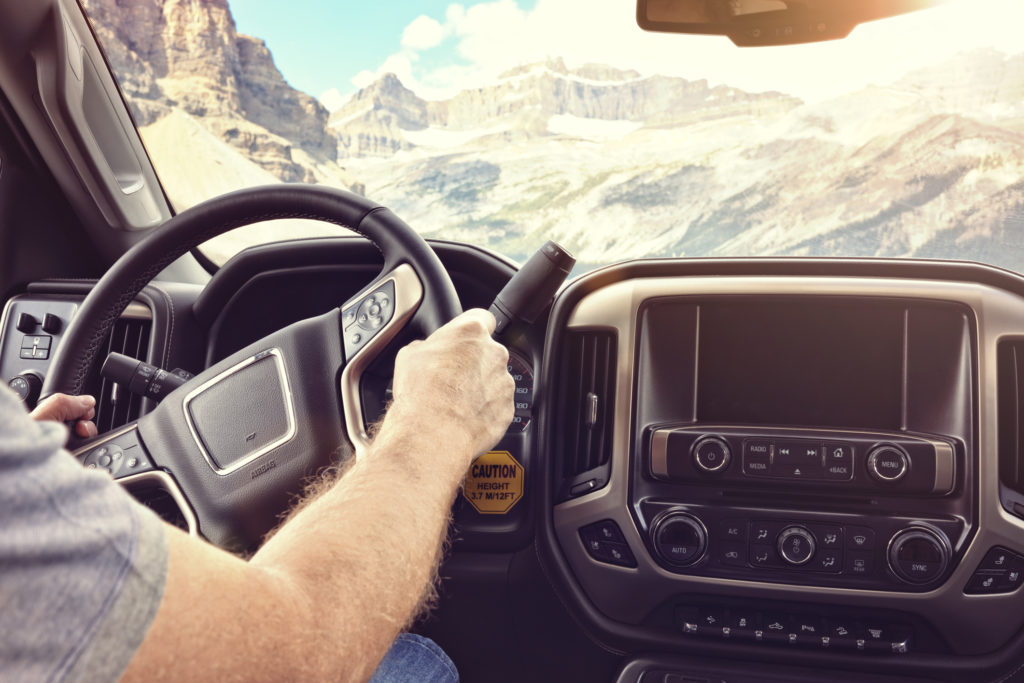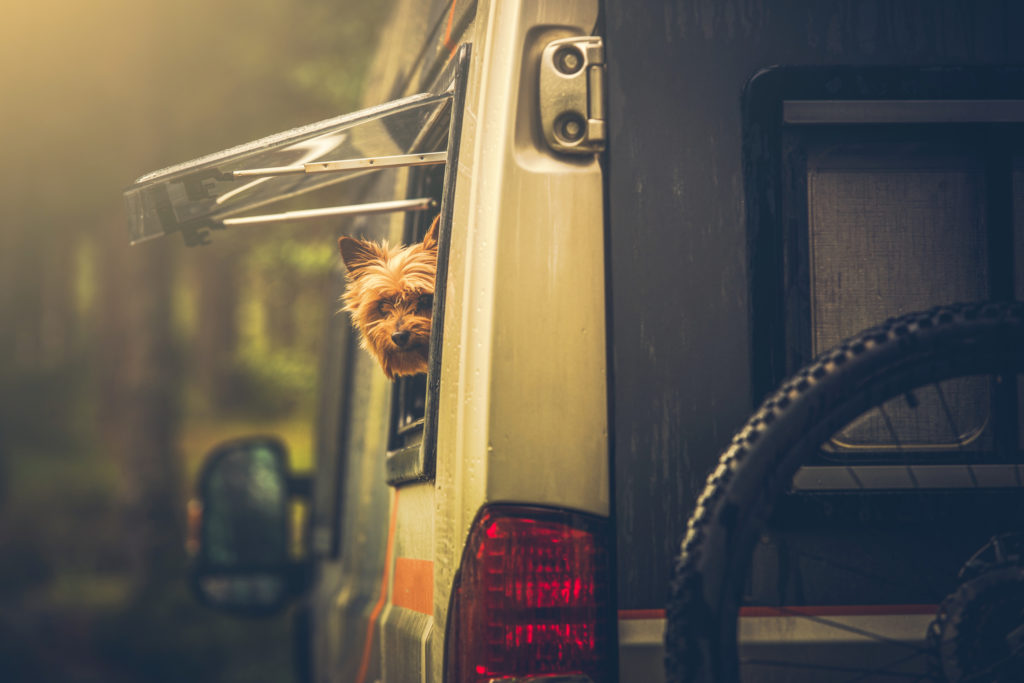Owning an RV is a great way to live life on the road while still enjoying the comforts of home.
Time spent in your motorhome should be enjoyed, not worrying. Nevertheless, the possibility of something going wrong can be intimidating, especially for those who might be traveling in an RV for the first time.
We have put together a few RV safety tips so that you don’t have to worry so much. RV travel should be comfortable and convenient, and if you follow these ten safety tips, you will have that much less to worry about.
Tip 1: Maintenance Matters
As the saying goes, the best offense is a good defense.
The best emergency plan is not having an emergency in the first place. Many RV emergencies could be avoided if all owners were meticulous about following their maintenance schedule. Most people will want to let a professional handle maintaining the engine, but even the least mechanically savvy should go through a pre-trip checklist before heading out on a trip.
You should have the following items on your pre-trip checklist:
- Visually inspect your tires and check their air pressure
- Give your engine a quick look-over and check for any cracked belts or hoses
- Ensure your fire extinguishers and smoke alarms are working
- Check all lights including headlights, tail lights, brake lights, and turn signals
- Make sure food and other loose items are safely secured
- Check your cooking vent hood for grease and give it a clean if necessary
- If you have a hitch or any towing equipment, give it a check before leaving
Tip 2: Have a Plan
Have a plan for if you do break down.
This includes a number to call and emergency equipment such as emergency food and water, flares, and basic repair equipment like a car jack. You should also have a travel plan. Check weather and traffic conditions before leaving, and avoid any dangerous situations if possible.
Tip 3: Be a Propane Pro
Propane tanks can be a serious safety hazard if mishandled.
A few simple steps can make sure they don’t cause you any problems: Install a propane gas detector, have your propane tank regularly checked, never travel with any burners lit, and never refuel with any propane appliances running or with the engine running.
Tip 4: Give Yourself an Extra 20 Percent
The 20 percent rule states that you should give yourself an extra 20 percent from what you might expect when you are driving a motorhome.
This means giving yourself an extra 20 percent cushion when stopping, an extra 20 percent room when merging into a new lane, and an extra 20 percent when judging if you have enough clearance.
Tip 5: Check Your Sleeping Conditions
Sleep conditions are an often overlooked aspect of RV travel safety.
Make sure you are aware of wildlife where you are staying and clean up any leftovers or trash before you go to sleep to make sure you don’t have any unexpected visitors in the night. Bears are less cute when they aren’t in a zoo. Additionally, make sure you have an RV bunk bed safety net. Accidentally rolling out of a high bed is more common than you might think.
Step 6: Don’t Forget About Your Pets
Pet safety is another often overlooked component of RV safety.
Make sure you have a contained area where your pet can stay during travel. You might also want to consider a temperature alarm so that you can ensure you don’t accidentally expose your pet to dangerously hot conditions while you’re away for a little bit.
Step 7: Look Ahead
You don’t want to put all this time and effort into safe travel while you’re on the road only to get to your destination and realize you are stranded because your reservation fell through or you arrived after hours. Call your campground reservations well in advance of arrival to ensure you have a place to stay.
Step 8: Weight Distribution
Weight distribution seems to be one of those things that no one thinks about until it comes back to bite them. The wrong weight distribution can create a dangerous imbalance and lead to unsafe driving conditions. If you have particularly heavy items, make sure they are safely stored in different parts of your RV from each other.
Step 9: Internet and Phone Access
Almost any emergency or situation can be safely navigated if you have the ability to reach an emergency operator.
Things get significantly more dangerous when you are out of contact with the outside world. Check ahead to make sure you will have internet or phone access, and if you will not, alert a friend or relative to how long you will be out of contact and what to do if they do not hear from you for too long.
Step 10: Buckle Up
This might seem like a basic one, but it’s important: Buckle up. RVs will often have seats without safety belts, but make sure all passengers have a seat belt on before departing. The last thing you do before you embark on your journey is one of the most important.
While planning for the unexpected is a big part of the RV lifestyle, these 10 steps will help ensure your travels are as stress-free and freewheeling as possible. Happy travels!
Interested in learning more about RV financing? Get in touch with us at Southeast Financial today.



